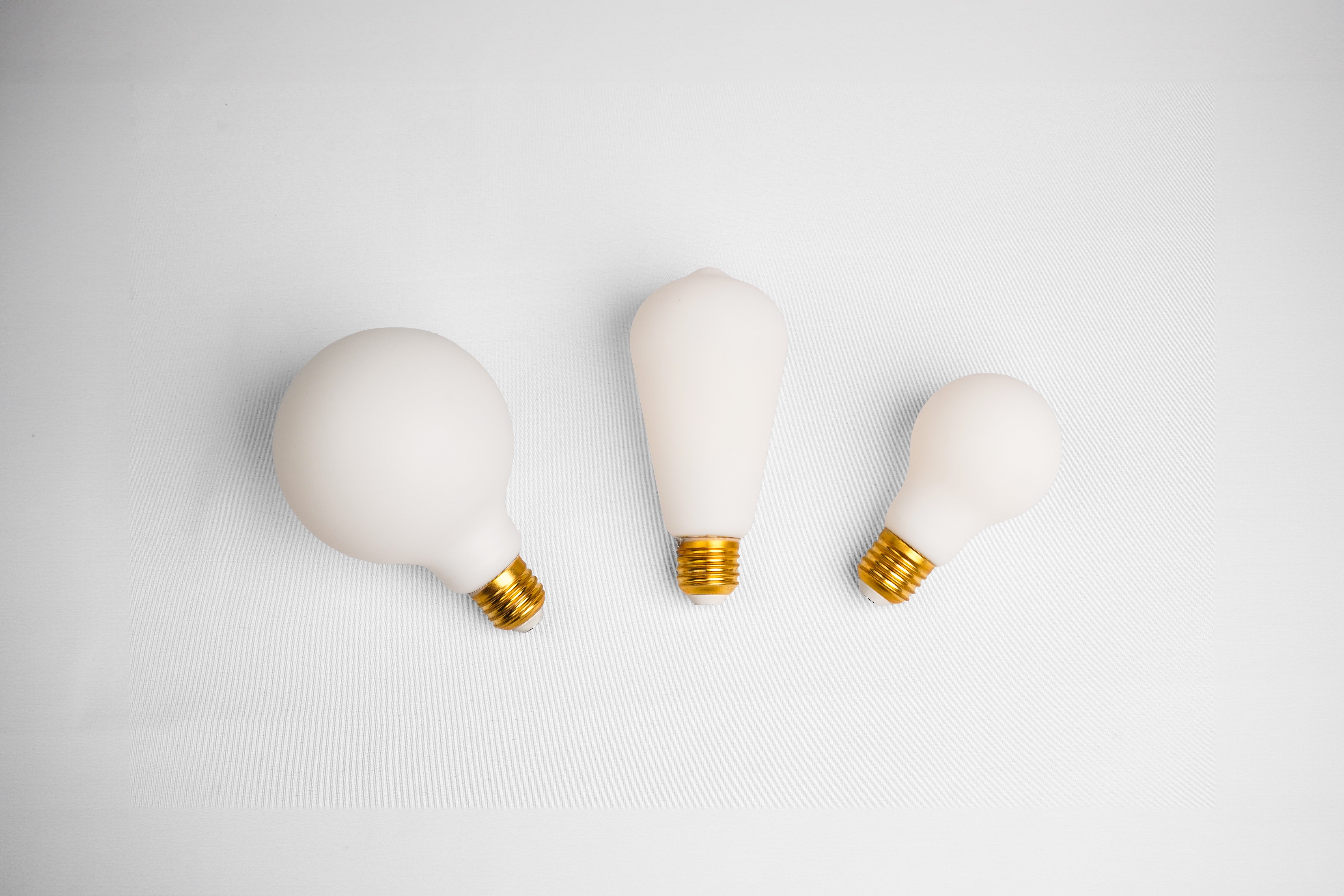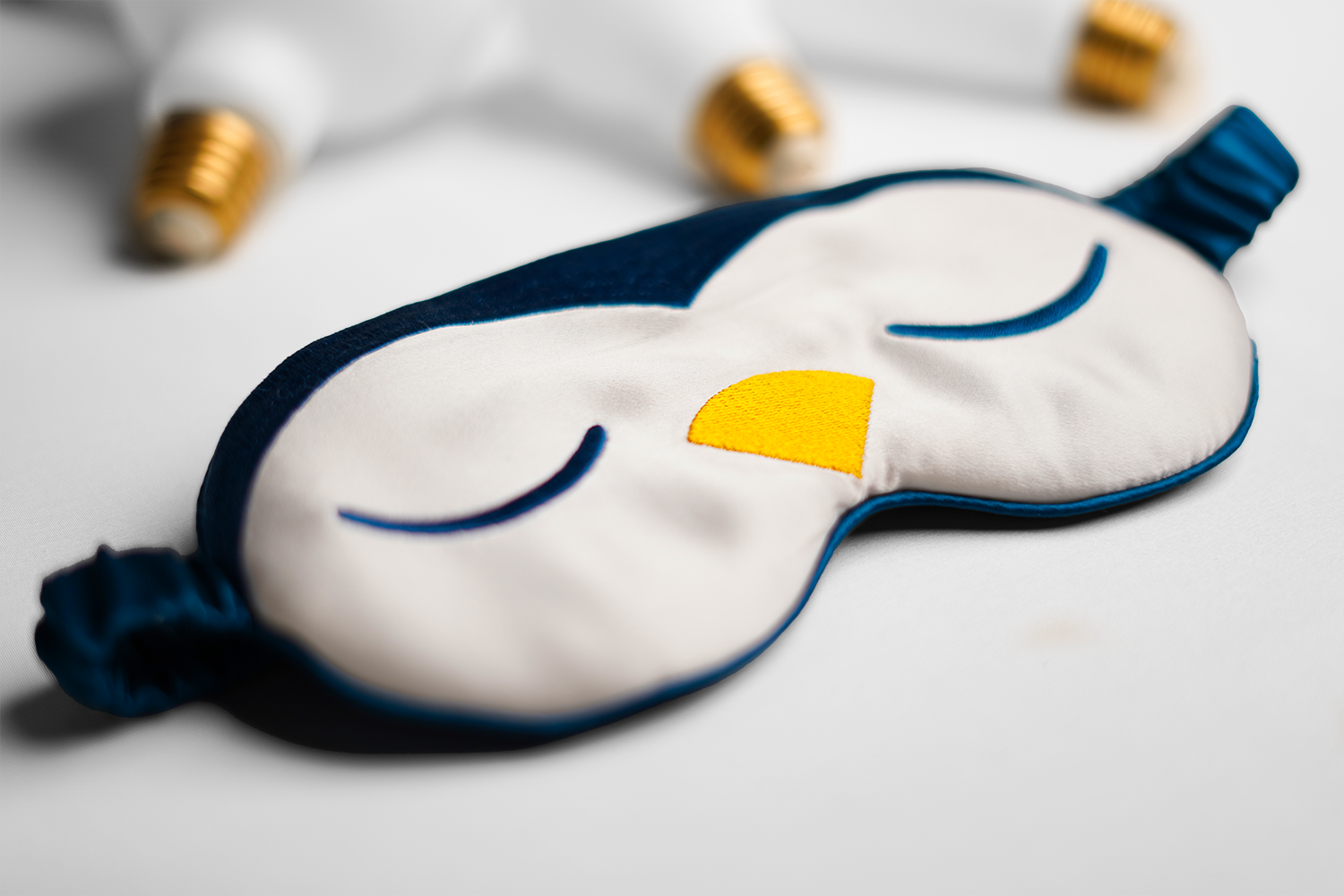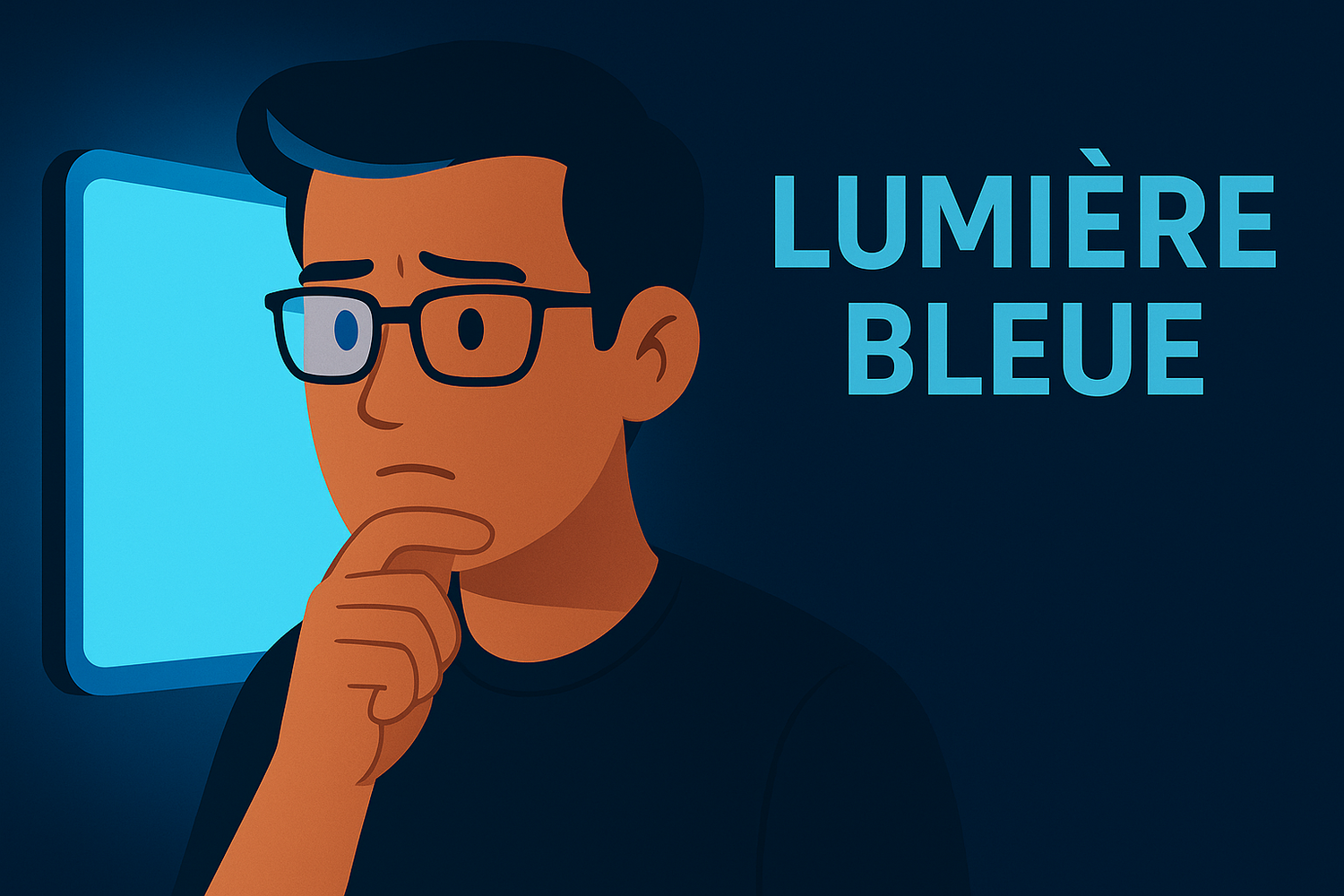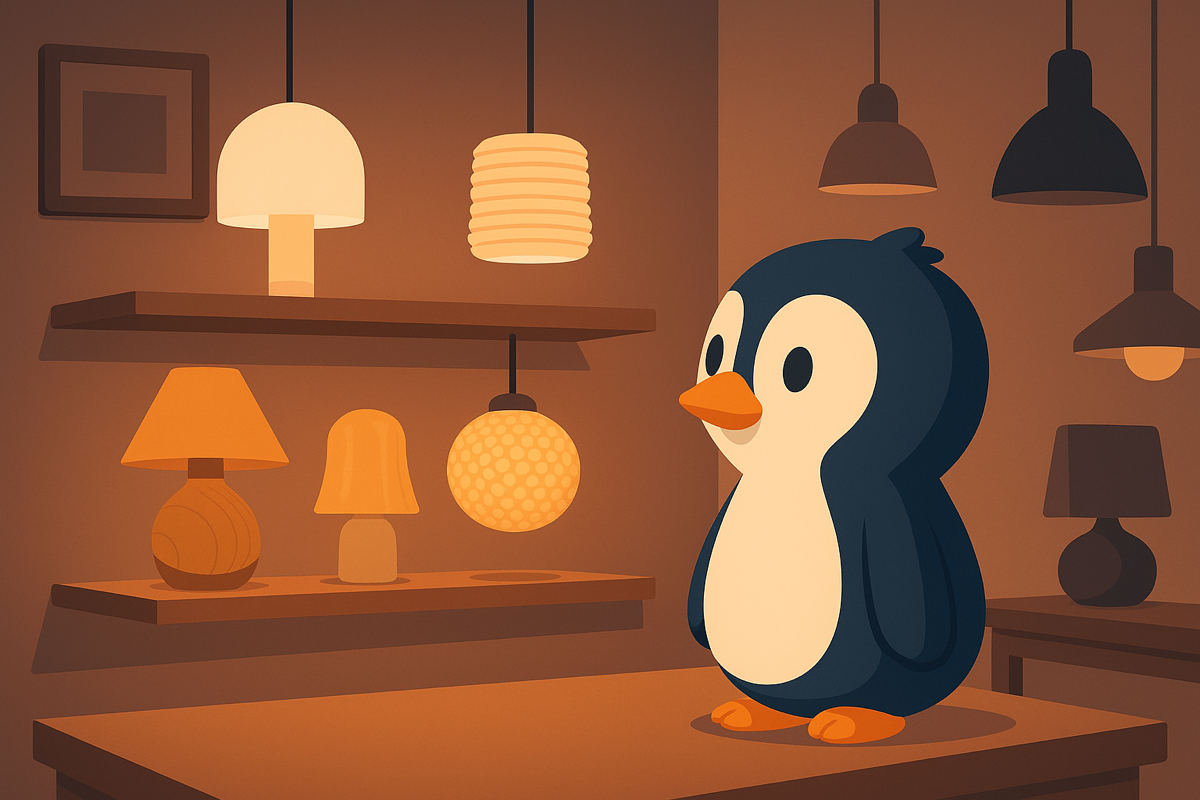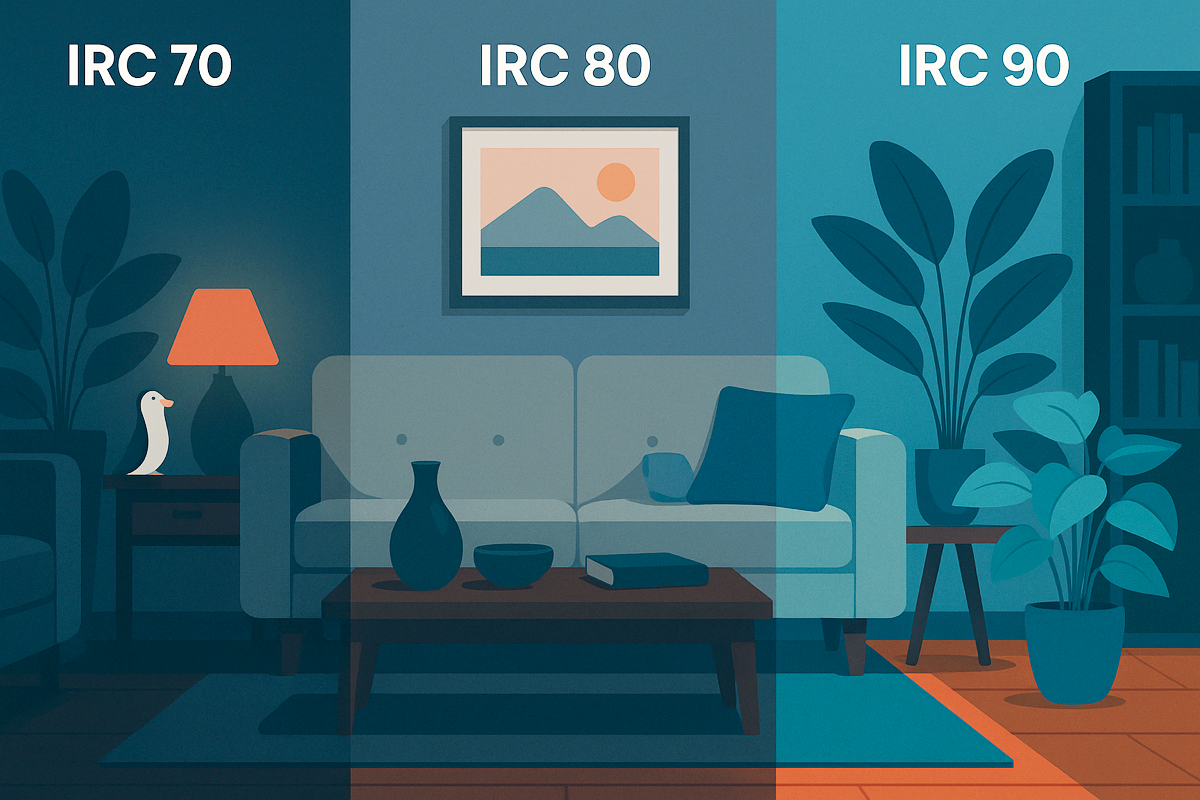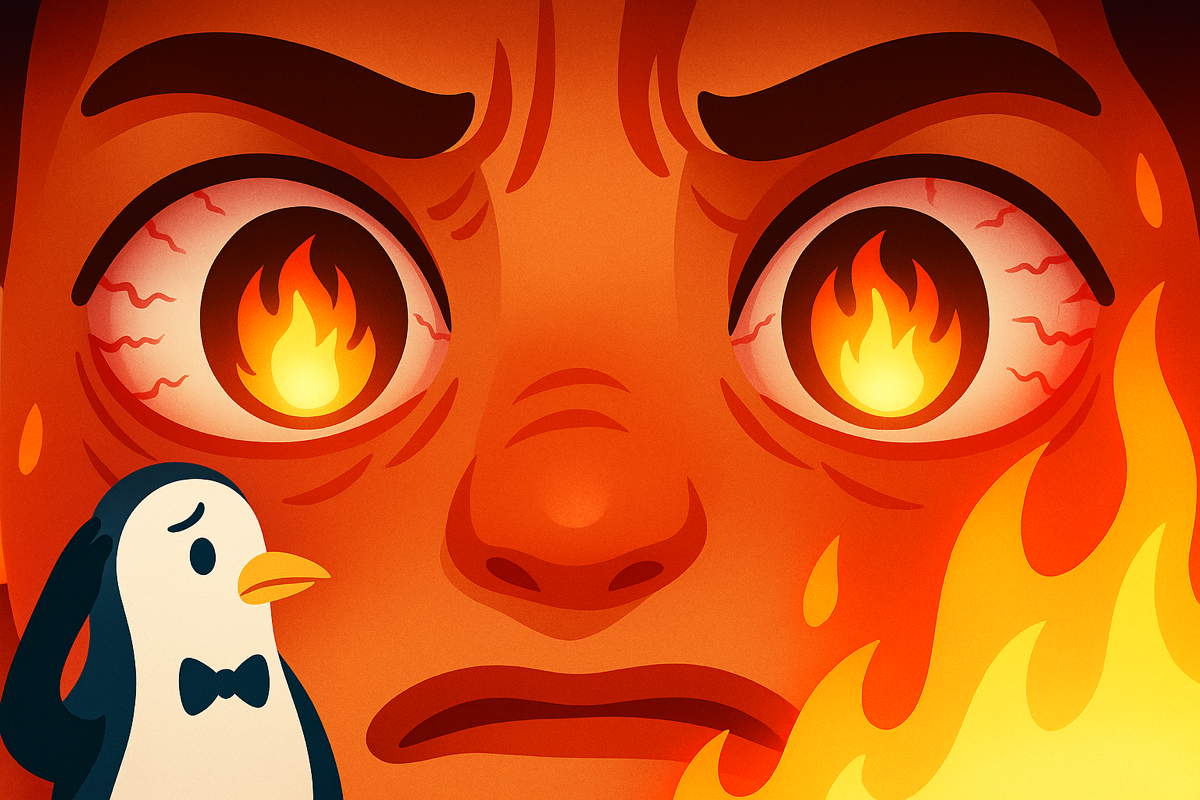Reading time: 8 min.
In short:
Blue light has a bad reputation, accused of disrupting our sleep, damaging our eyes, and disrupting our biology. But should it really be banned? Not so fast. It's not so much blue light itself that's harmful, but rather its use and timing. Here's what you really need to understand to avoid common misconceptions.
📌 Summary
What exactly is blue light?
Visible light consists of different wavelengths. Among them, blue-violet light (around 460–480 nm) has the greatest impact on our circadian system. It is found in natural daylight, but also in screens and standard LED bulbs.
It's often criticized for its ability to inhibit melatonin secretion. However, it's not poisonous in itself. It's a very useful light at the right time of day, particularly for waking up and regulating the internal clock. The problem? Its omnipresence in our daily lives, at all hours.
Why it's a problem in the evening
Our brain interprets blue light as a wake-up call. When we're exposed to it in the evening, when it should be dark, our body still thinks it's daytime. As a result, melatonin doesn't activate, or it does so much later. This is how blue light can delay falling asleep or fragment sleep.
Contrary to popular belief, screens aren't always powerful enough to disrupt the circadian rhythm on their own. But when combined with overly bright lighting or a complete lack of darkness, they can exacerbate the disruption. The real culprit? A poorly designed lighting environment, especially at the end of the day.
In the morning, however, it is essential
In the morning, it's quite the opposite. Exposure to blue light at this time stimulates cortisol production, awakens the brain, improves attention, and resets our biological clock. It's a crucial signal for starting a day refreshed and in sync with the sun's natural cycle.
Depriving yourself of blue light completely, as some anti-blue light glasses suggest, worn continuously, can therefore do more harm than good. The goal isn't to avoid it, but to use it at the right time. The mistake is to remain in a constant environment, without light variation between day and night.
How to better expose yourself to light?
The key is to find a dynamic exposure cycle: blue in the morning, warm in the evening. To do this, there are two options:
- Multiply the light sources and adapt them according to the time of day.
- Opt for circadian bulbs, like those from Laqi, which do the job automatically.
These bulbs change temperature and intensity throughout the day, depending on the time of day, ambient light, and your rhythm. The result? Light that's helpful when you need it, and soothing when you don't.
💡 Discover the Laqi Starter Kits
📦 See the complete product unboxing
💬 FAQ
Should we avoid blue light from screens?
Not necessarily. Their intensity is often too low to disrupt everything. It's mainly the ambient light and the time of exposure that matter.
Are warm light bulbs better for sleeping?
Yes, especially in the evening. They limit brain stimulation and help trigger melatonin production.
Should we wear blue light blocking glasses?
Not all the time. They can help occasionally in the evening, but you need to maintain blue light exposure in the morning to stay in sync.
Don't chase blue light. Tame it.
The secret isn't to avoid blue light, but to tame it. Give your body the light it needs—at the right time. And for that, you can count on Laqi.

